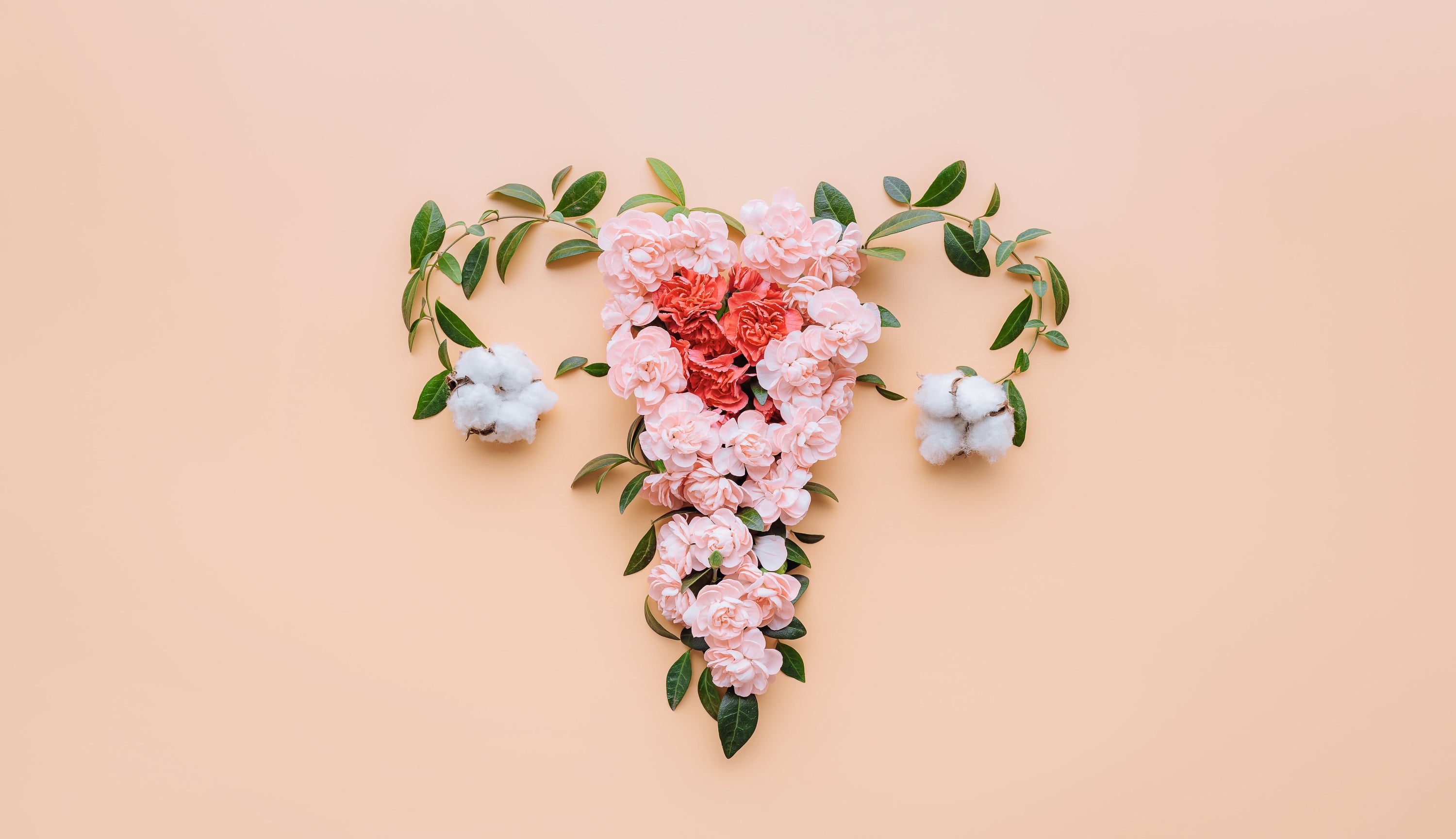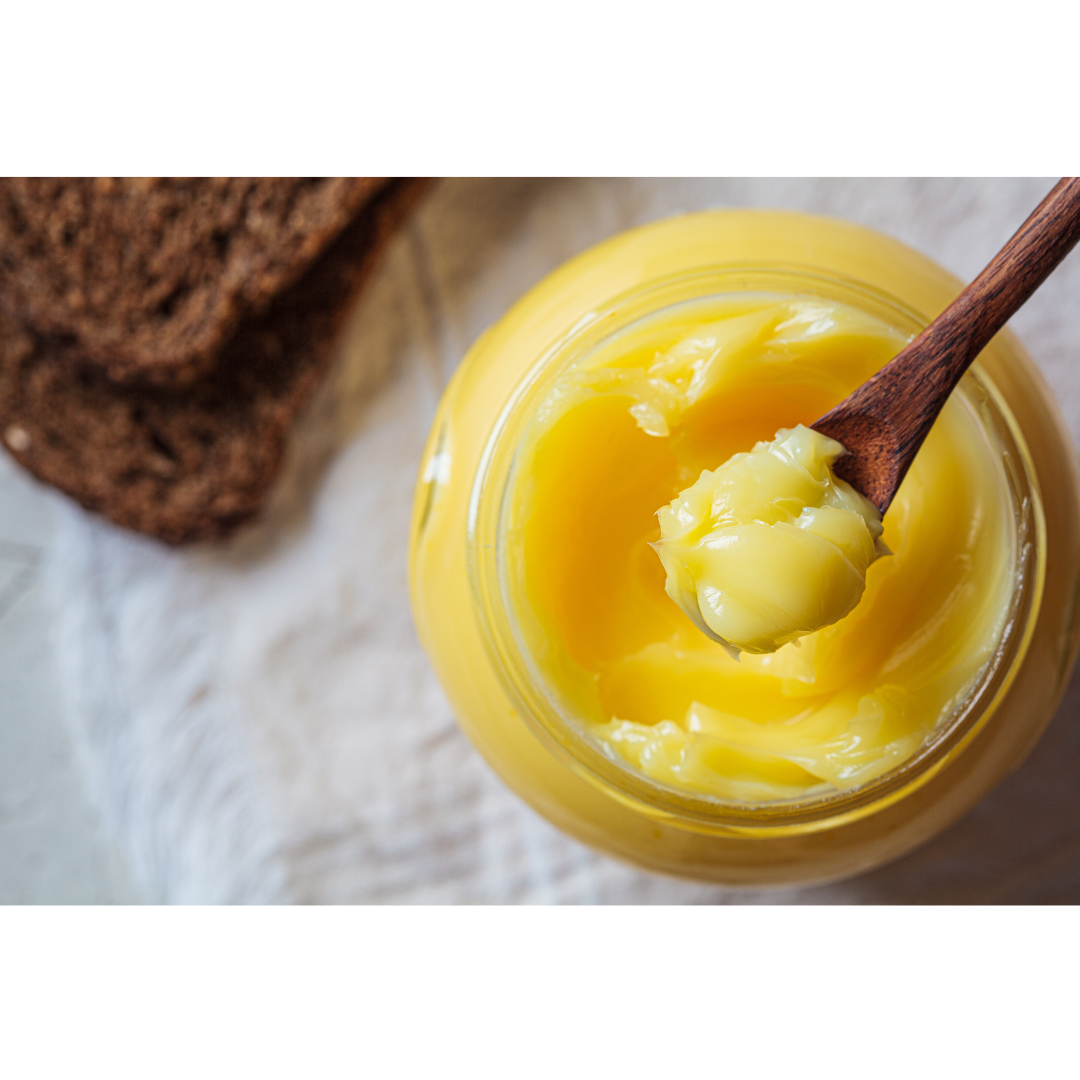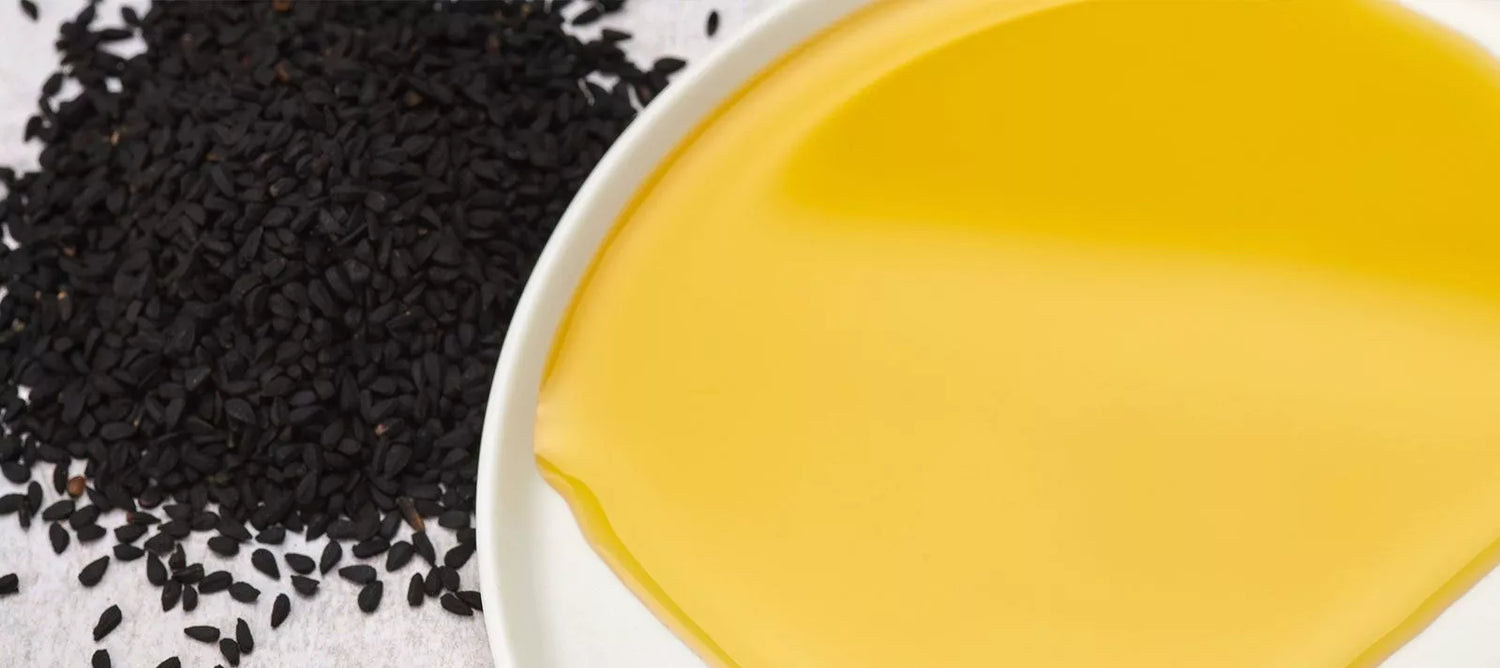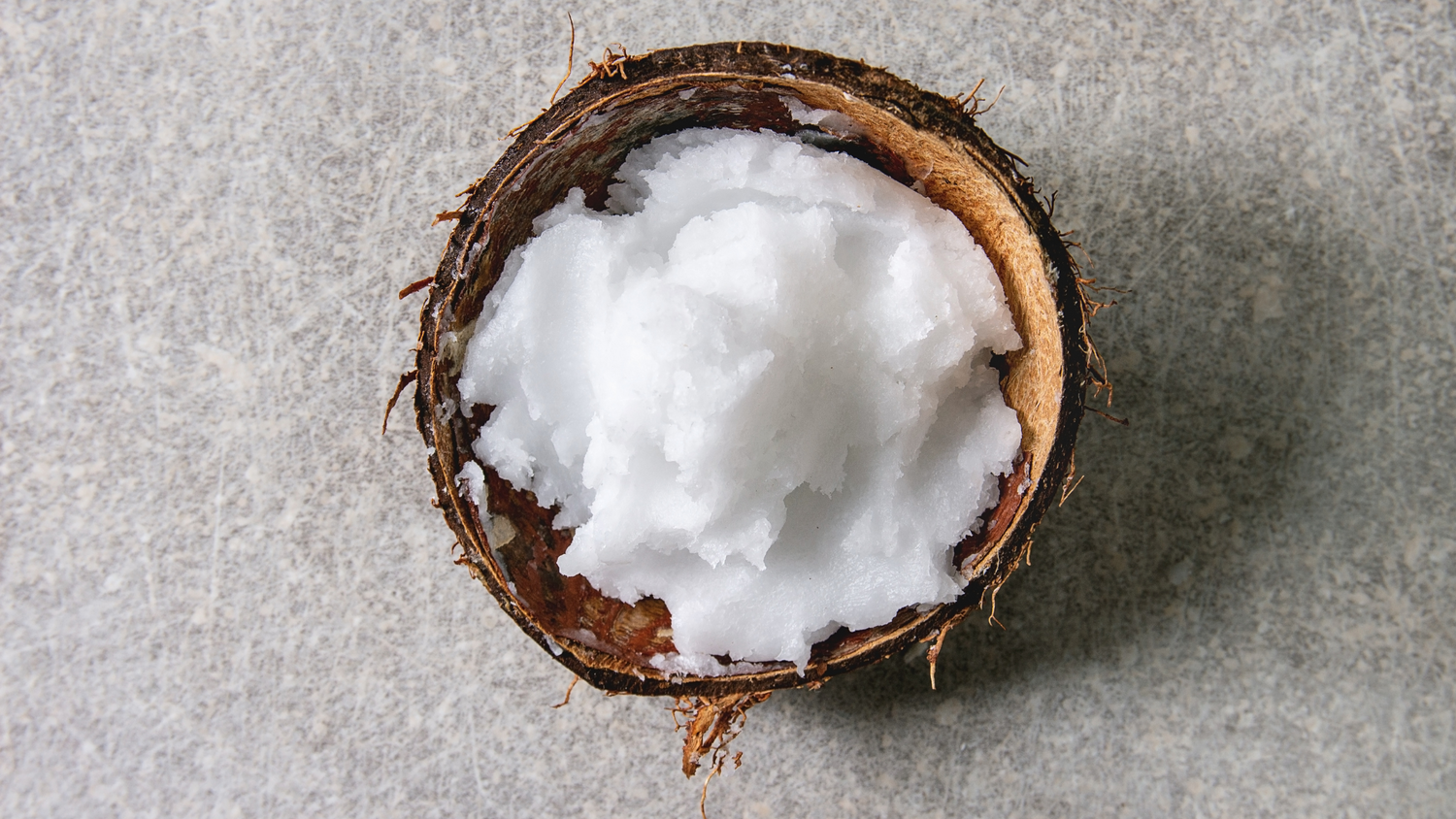Period pain - common NOT normal!
Quite frankly the statistics speak for themselves: 84% of women suffer from period pain, 40% of women experience pain so debilitating they are forced to take time off work or school and three out of every four women experience PMS. Moreover, nearly 176 million women are expected to have undiagnosed endometriosis and are turned away by healthcare practitioners who believe that pain is a natural part of menstruation. Telling women that period pain is natural, just because it is common, has led to the normalisation of fertility issues, migraines, hormonal acne, mood disruptions and bloating. The normalisation of period pain is, without a doubt, a clear example of how women’s health issues are often brushed under the rug.
At EntirelyPure, we believe that healing begins with education. Most women are completely unaware of what constitutes a healthy period, which makes it harder to know whether or not what they experience is normal. The human body is incredible at alerting us to know when something is not quite right. With a little more awareness, we will be able to learn what signs we need to be looking out for!
By educating women to understand that their menstrual cycles are not supposed to be painful and equipping them with the best health practices to combat this issue, we can deconstruct the misconception that women are designed to suffer!
GET TO KNOW YOUR PERIOD PAIN:
1. What is the difference between a healthy period and an unhealthy period?
Whilst this is by no means an exhaustive list of how people may be suffering during their period, the list below is a good starting point for understanding some of the most common signs of an unhealthy period and what a healthy period (which we should all be striving for) looks like.
The not-so-healthy period:
- Irregular or missing periods
- Less than 3 days or more than 7 days in length
- Very light pink, brown throughout period, purple or watery
- Very painful
- PMS (low energy or moods, tender swollen breasts, headaches, depression, anxiety)
- A cycle shorter than 21 days or longer than 35 days
- Large, frequent bloods clots
- Heavy bleeding
Vs the healthy period:
- Regular
- 3 - 7 days in length
- Bright red in colour
- Little to no pain
- Mild to no PMS (physical or emotional)
- 21 - 35 day cycle
- Minimal to no blood clots
- A manageable flow (2-3 tablespoons)
2. How do we identify pain and the cause?
Pain in any part of the body is caused by inflammation, which is how our body protects us from harm. A group of compounds called prostaglandins are produced in places in the body that have damaged tissues. These create inflammation to protect, heal and restore our body.
There are three different levels of discomfort women can feel leading up to or during their period:
1. Slight Cramping
A normal increase of prostaglandins helps to break down the uterus lining. Those niggling little cramps are a totally normal result of this as they constrict our blood vessels and our uterine lining contracts as they get ready to shed. Prostaglandins in this particular case play a role in letting our body know that it's time for our period.
2. Pain
An excess of prostaglandin (PgE2 particularly) production - up to four times the usual amount - will cause period pain (primary dysmenorrhea). Although the pain is usually felt in the lower abdominal area, it can also be felt in the inner thighs or the lower back. Vomiting, nausea, diarrhoea, fatigue, irritability, dizziness and headaches are also symptoms of primary dysmenorrhea. Although it has a prevalence rate of 90%, it is still abnormal.
3. Severe Pain
Severe pain (secondary dysmenorrhea) can be a sign of a more serious underlying reproductive disorder or disease such as endometriosis, fibroids, ovarian cysts, ectopic pregnancy, cervical stenosis, PID, infection, IUD, adenomyosis amongst others. Pain in these cases may also be experienced outside of or unrelated to menstruation but may worsen as menstruation occurs. This is abnormal and must be treated by a health professional as soon as possible.
SAY GOODBYE TO PERIOD PAIN!
The good news is that it is very possible to completely get rid of period pain! To do this we must reduce prostaglandin levels, balance hormones and relax pelvic muscles.
Here are our top ways to be pain free on your period:
Homeopathy
Homeopathy is undoubtedly one of the most effective forms of long term relief. As pain never really surfaces for no reason at all, working with a practitioner to unsurface the root cause is pertinent in being able to bring the body into balance.
Once the practitioner has taken your case, they will analyse and connect major events of your life, as well as your emotional and environmental influences, to your physical symptoms and then match remedies that fit your individual constitution (everything that makes you, you). These remedies will be given to you for a period of time and once they finish you will see your practitioner again, for a minimum of 3 follow up appointments, until you no longer present any symptoms anymore.
To find out more about homeopathy and how it works please read here or book in a discovery call.
If you’re ready to change your life now.. book in an initial consultation right here!
Vitamins and Supplements
- Fish oil: Fish oil is a high source of essential fatty acids (namely, omega 3) which reduce prostaglandins. Fish oils work quickly and reduce symptoms within one to three months. (Recommended Dosage:1000mg EPA, available as both liquid and capsule.)
- Evening Primrose oil: Evening Primrose Oil, like fish oil, is a high source of essential fatty acids (omega 6). Evening Primrose Oil is a rich source of gamma-linoleic acid (GLA), a prostaglandin which works as a natural anti-inflammatory. Unlike fish oil, evening primrose oil can take around four to six months to take effect. (Recommended Dosage: 2-8mg daily, available as both liquid or capsule)
- Magnesium: Magnesium relaxes the pelvic muscles and decreases prostaglandins. Incorporate magnesium rich food such as nuts or unrefined chocolate in your diet, as well as supplementing with capsules. Sprays (chloride) or Epsom salt baths)
- Vitamin D: Vitamin D plays a significant role in the regulation of hormones. It also improves your immune system’s health immunity and reduces prostaglandins . Vitamin D should be taken with Vitamin K for best absorption. Food that is rich in Vitamin D, such as mackerel, salmon and raw/organic milk are great options but only account for 10% of absorption. (Recommended Dosage: 4000 - 5000 IU daily. Available as tablets or capsules (D3) or sprays which bypass the digestive system making them the fastest form of vitamin absorption)
- B Vitamins: A complex of vitamin B has been shown to have a significant effect on PMS symptoms. There are different forms of vitamin B, each one playing a slightly different role:
Vitamin B1 - Responsible for the replenishment of blood. It plays a role in the neuromuscular and central nervous system and helps in easing cramping symptoms.
Vitamin B2 – An antioxidant that helps in the formation of red blood cells and creating energy. It also helps B6 and B9 convert into a form that your body can absorb at its best.
Vitamin B6 - Involved in 150 functions in the body, this one's kinda a big deal! It is responsible for protein, carbohydrate and fat metabolism. This ensures that your body is getting enough energy from the food you eat, which is especially important pre and post your period. B6 also plays a large role in regulating your mood. It converts tryptophan into serotonin (the neurotransmitter responsible for keeping you happy, keeping your wellbeing in check and stabilising your mood). Since our serotonin levels are at their most vulnerable just before our period begins, we definitely need a good amount to keep it level and keep us stable!
Vitamin B9 – Folate is the natural form of vitamin B9. Folate helps your body to produce energy and form DNA. It also helps you to make dopamine and serotonin, which are neurotransmitters which help regulate your mood and emotions, which is very important during your time of the month.
Vitamin B9 also works with B12 to produce red blood cells that help keep your body healthy by supporting the function of iron, which is needed to prevent anemia. Having the right balance of these two vitamins will allow your blood to deliver oxygen to your organs, muscles and brain. Peace out fatigue!
It is always important to check which type of folate is in your supplements. The majority of prescriptive and over the counter supplements contain folic acid. Folic acid can be difficult to convert into L-methylfolate, which is the biologically active form of folate. If you have a MTHFR gene mutation (a common genetic variant), this will reduce your ability to properly convert folic acid and take any benefits from it. The best form of folate to look for in the ingredients will be written as- L-methylfolate. Taking this will help your body to gain all the benefits from the supplement.
Vitamin B12- Finally, there is methylcobalamin- which is also known as vitamin B12. B12, thiamin and B6 are all nutrients that are needed to support a healthy nervous system. They work together to aid cognitive function. B12 is specifically involved in the production of myelin. This is the fatty layer that protects your nerve cells from damage. Myelin helps the cells to instantly send electrical impulses to each other, which is crucial for cognitive performance. All B vitamins are needed to make red blood cells. B12 is critical for replenishing blood during your period, which is especially important if you have a heavier flow. It is preferable to take B12 as methylcobalamin. This is because this is the type of B12 that is best for you as it is naturally found in food. Methylcobalamin is also the best form to look for as it is bioavailable, unlike cyanocobalamin which is synthetic (man-made) and should be avoided.
GET YOUR OWN SUPER FAST AND ABSORBENT B COMPLEX –here
- Zinc: Zinc is a potent antioxidant and aids in decreasing prostaglandins. It can be found in red meat, oysters, beans, chickpeas and nuts.
- Turmeric: Turmeric is a natural pain relief that is as effective as NSAIDS (Nonsteroidal Anti-Inflammatory Drugs such as ibuprofen) because it is bioactive. Curcumin is also great to use as it is both anti-inflammatory and an antioxidant. In this study women who suffered with PMS were provided with either Curcumin or a placebo. Over the course of three menstrual cycles, women in both groups recorded the severity of their symptoms. Data revealed at the conclusion of the trial showed a significant decrease in PMS symptoms for the women in the Curcumin group, compared to the placebo group. Therefore, it was concluded that taking the natural supplement of Curcumin during their cycle dramatically helped in comparison to a placebo (medical treatment). Ways to take turmeric: A spray, capsules, golden milk, add to food
- Ginger - In this study ginger was found to be more effective than a placebo in moderating menstrual pain, and there was no significant difference in the pain relief between ginger and a common NSAID. Ways to take: capsules, tea, add to food
Making Lifestyle Changes:
Alongside the above, the following lifestyle changes can make a significant difference to how women experience periods:
Things to avoid:
- Smoking - Studies have shown women who smoke suffer from a 50% increase in PMS symptoms. Smoking reduces the supply of oxygen to the pelvic area and constricts the uterine blood vessels, making period pain much worse than it needs to be.
- Alcohol - you may think a drink or two is the answer when you need anything to numb you but alcohol is extremely dehydrating, as a result thickening your menstrual blood, making it more difficult for it to pass and creating a painful flow. Studies have shown women who are heavy drinkers also experience worsened PMS symptoms as it imbalances hormones such as gonadotropin.
- Caffeine - Caffeine narrows the blood vessels just like smoking and dehydration just like alcohol, it also reduces the absorption of your nutrients which are vital for a healthy period such as magnesium and iron.
- High impact exercise - one week before and week of
- Chemicals.
Things to do:
- Eat high fibre foods - Women who suffer from painful periods should eat plenty of high-fibre foods. Examples of these are: beans, whole grains, legumes, fruits, vegetables, seeds and nuts. These foods allow used oestrogen and progesterone to be eliminated from the body before they can be reabsorbed. The benefit of this is that it keeps the hormones balanced and minimizes menstrual cramping.
- Drink lots of water - At the start of a period, oestrogen and progesterone levels are low. During this time, your body is more likely to try to retain water. This water retention leads to what many women describe as feeling bloated. During your period it is really important to drink a lot of water. Water will help flush out your system and helps minimise cramping pains, and that decreases that horrible bloating feeling. It is recommended to drink at least eight glasses of water a day during your period. This will keep your body and your mind healthy and working properly.
- Rest well - Periods are a cleansing process and contrary to belief should be regarded as a gift which we receive gracefully every month. As with any cleanse, the body requires rest to rejuvenate and balance. Overworking the body because of society’s expectations does no good for you or anyone. So next time someone says ‘well, we all have periods!’ let them know that you have chosen to honour your body. Just as our parents loved to say ‘If your friends jumped off a cliff, would you follow them?’, just because everyone's doing it doesn’t make it right!
- Yoga - Yoga is amazing for calming, centring and strengthening our body and mind. Practising a little bit each day can offer enormous benefits to balance moods and ease discomfort. Here are six simple poses to help you find relief during your period, giving you energy and helping you to feel well, when you usually want to just curl up in a ball. We love this super cute graphic created by Natracare, showing a few great poses to help with period pain.

The truth is that we as women have come to dread and even feel shame towards something that is so natural and necessary. The period really is something that should be celebrated once we embrace it and understand its benefits. Of course, the fact that most women suffer during their time of the month is a huge factor to the negative stigma surrounding it. We at EntirelyPure are committed to helping you feel good during your period and ending the misconception that periods need to be painful. We are on a mission to empower women and help you to overcome your suffering. We know what it is like to really experience agonizing pain during the time of the month and have reversed itself! You really do not need to feel pain and so we have put together everything you need so you can start living the life you deserve all year long. Yes that means feeling good even when you are on your period!
As women, we have sadly developed a sense of dread and even shame towards something that is supposed to be a smooth sailing, easy, natural and necessary process. However, if we can learn to embrace and understand its benefits as well as fix the issues causing the dread, our period would be something we celebrated every month. Unfortunately, the negative stigma surrounding periods is largely due to the fact that many women experience discomfort during their monthly cycle. At EntirelyPure, we are dedicated to helping you feel great during this time and dispelling the misconception that periods have to be painful. Our goal is to empower women and help them overcome their suffering. We understand firsthand what it's like to deal with agonizing pain during menstruation, but we've found ways to reverse this discomfort! You don't need to endure pain anymore, and that's why we've curated all the resources you need to live your best life all year round - even when you're on your period!





